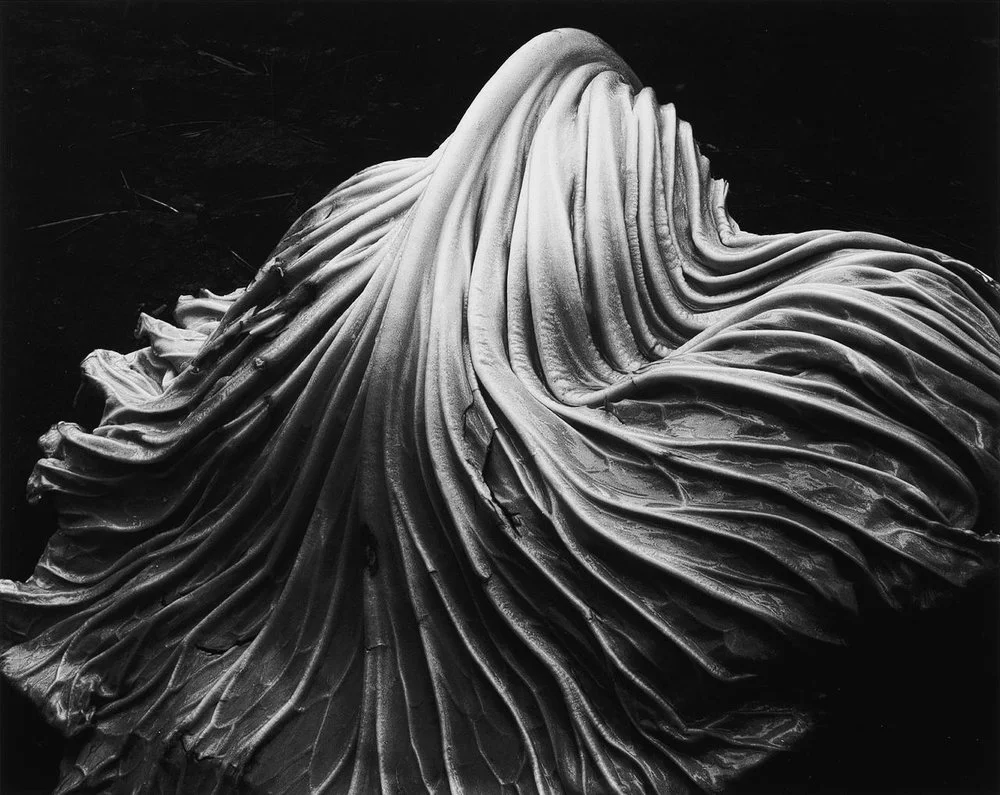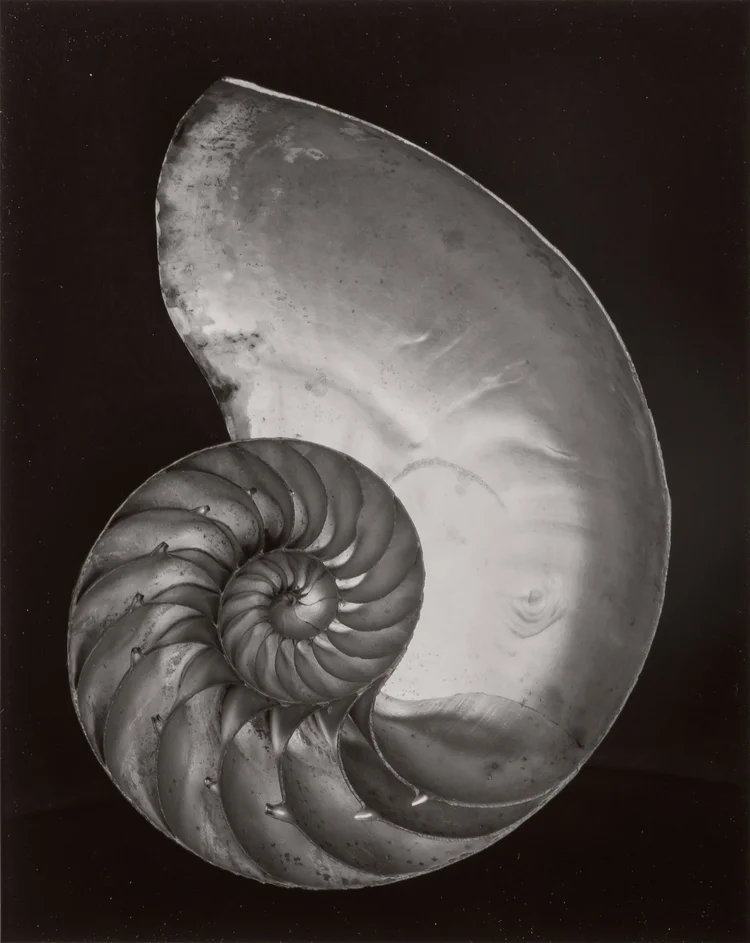Pictorialism
The pictorialism movement in photography was an act that revolutionized people’s views on photography. Originally in the 19th century, photography was something that helped “record” objects or events to be visual support in media. However, people realized that photography could also be a type of “art”, and people began placing the beauty, tonality, and composition above the recording for a visual record. This was advocated in the 1850s by people such as William John Newton.
The actual movement flourished primarily between 1885 and 1915, mainly within countries like England, France, and the USA. Practitioners of this movement employed various darkroom techniques to create photographs that allowed them to present their artistic vision. These techniques were utilized to narrate stories, recreate mythological or biblical scenes, and produce ethereal landscapes. A Pictorialist photograph it refers to an image that has been altered in some way to highlight its artistic impact. Key features of this style include the use of soft focus, the application of color tints, and visible manipulations like combining multiple images or incorporating brushstrokes.



Straight photography movement
Straight photography is what emphasizes the object of an image sharply, coherently, and in detail. Artists like Paul Strand in New York pioneered straight photography and became the foundation for many other photography movements.



Edward Weston
Edward Weston, was one of the pioneers of Straight Photography. He played a significant role in forming the movement’s basics and principles. He focused on capturing sharply detailed and highly realistic images of certain subjects. Weston’s photographs emphasized detail, clarity, and composition. He also utilized skills such as natural light, precise framing, and careful printing techniques to create images that were “visually appealing” to the subject matter. Weston took photos of the subject in a straightforward and objective manner, pioneering and forming the principles of the Straight Photography movement.


Aaron Siskind
Aaron Siskind was along the second generation of Straight Photographers. While he initially obeyed to the principles of Straight Photography, Siskind’s work underwent huge change over time. He moved away from the traditional subject matter and began to explore abstract photographs of subjects found in urban environments, such as peeling paint, graffiti, and weathered surfaces. Siskind’s ideology to photography became increasingly focused on the formal elements of texture, line, shape, and tone, which is also know as the art elements, often used in present-day abstract photography.. He used these elements to create abstract images that distorted the literal representation of the subject matter. Despite this change, Siskind’s work still retained the core principles of Straight Photography, particularly in terms of its emphasis on capturing the world’s true colors.



Andreas Gursky
Andreas Gursky is prestiged for his large-scale photographs that depict big landscapes, architectural spaces, or crowded scenes. He explores the impact of modern globalization, consumerism, and technology on our environment and society. Gursky’s images are highly detailed and sharp and deliberately composed in some way, such as having complex patterns and repetition. The subjects he takes photos of are often transformed into abstracted forms through his use of perspective, cropping, and edits. Gursky’s photographs are not intended to represent reality in a literally, but rather to present a sense of awe and commentary on contemporary life, making him one of the photographers that highlight the abstractness of photos. I believe he is categorized as a pictionist as he presents photography as a type of art, and highlighting the abstractness of a photo does not make him a straight photgrapher.

Uta Barth
Uta Barth’s approach to photography is focused on perception, light, and space. Her photographs often feature blurred and out-of-focus subjects, emphasing color, texture, and the play of light, making her work quite abstract. Barth’s work is characterized by a deliberate ambiguity and blurring of the boundaries between representation and abstraction. She is interested in capturing the “subjective nature of human perception” and how our visual experience can be influenced by the environment. Barth’s photographs can be seen as abstract in the sense that they challenge traditional ideology of sharp focus and clear representation, inviting viewers to imagine more the actual subject instead of actually seeing the subject with their own eyes. She would also be an example of being a pictionist, as she challenges the concepts of straight photography.



Citations:
https://www.theartstory.org/movement/pictorialism/
https://www.icp.org/browse/archive/constituents/aaron-siskind
https://www.westongallery.com/original-works-by/edward-weston
https://gagosian.com/artists/andreas-gursky/
https://www.guggenheim.org/artwork/artist/uta-barth
https://www.getty.edu/art/exhibitions/barth/index.html
